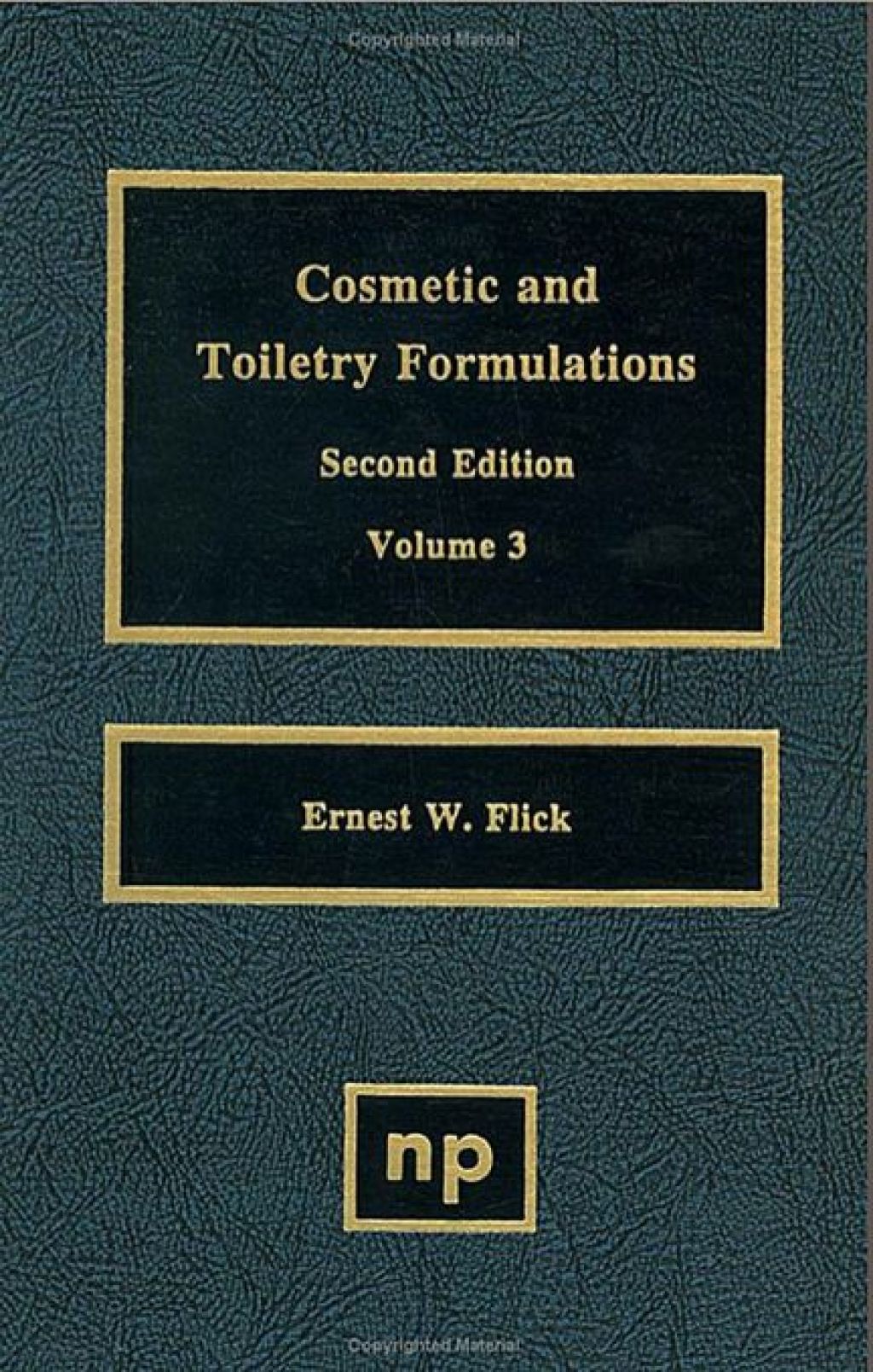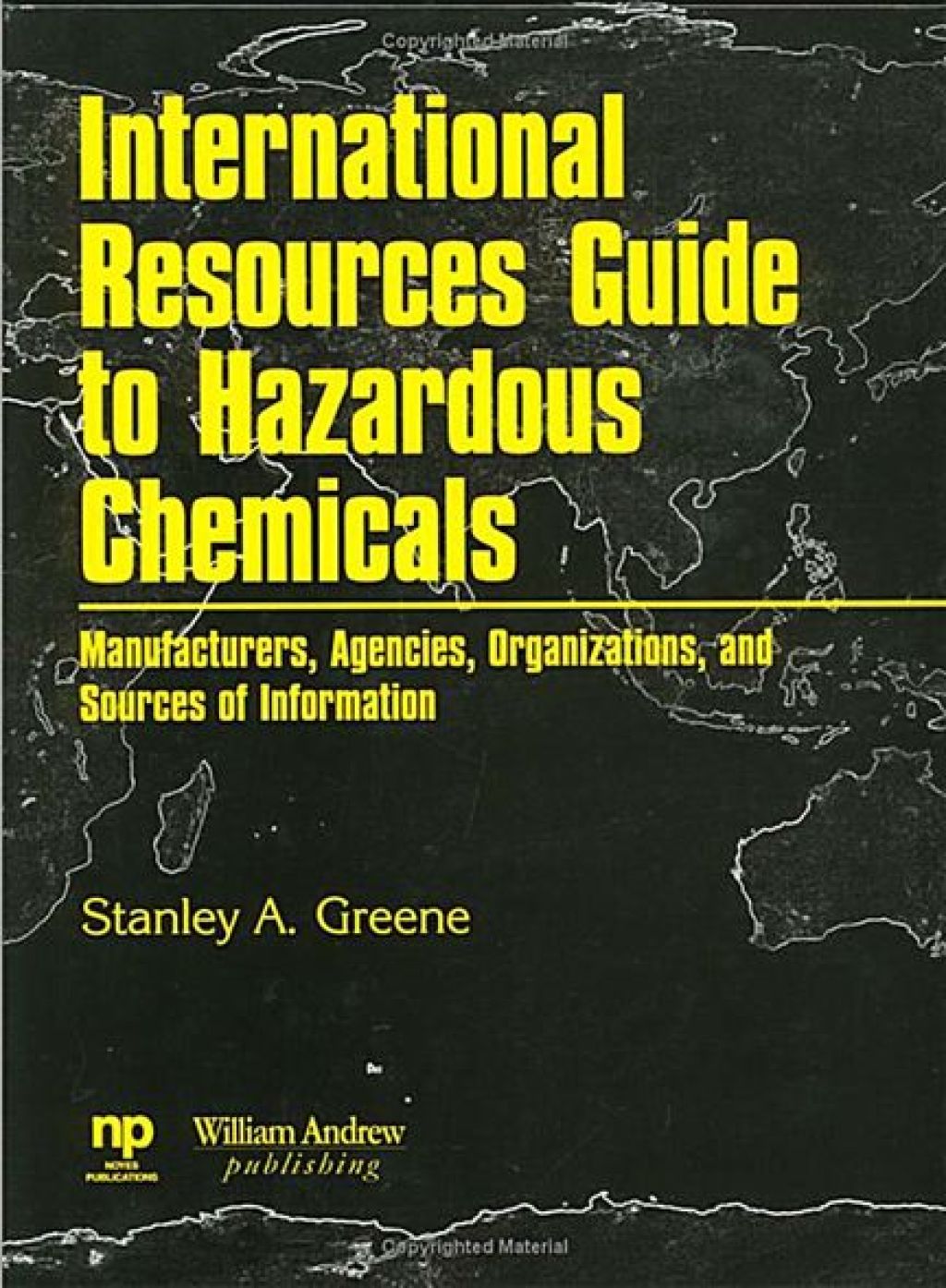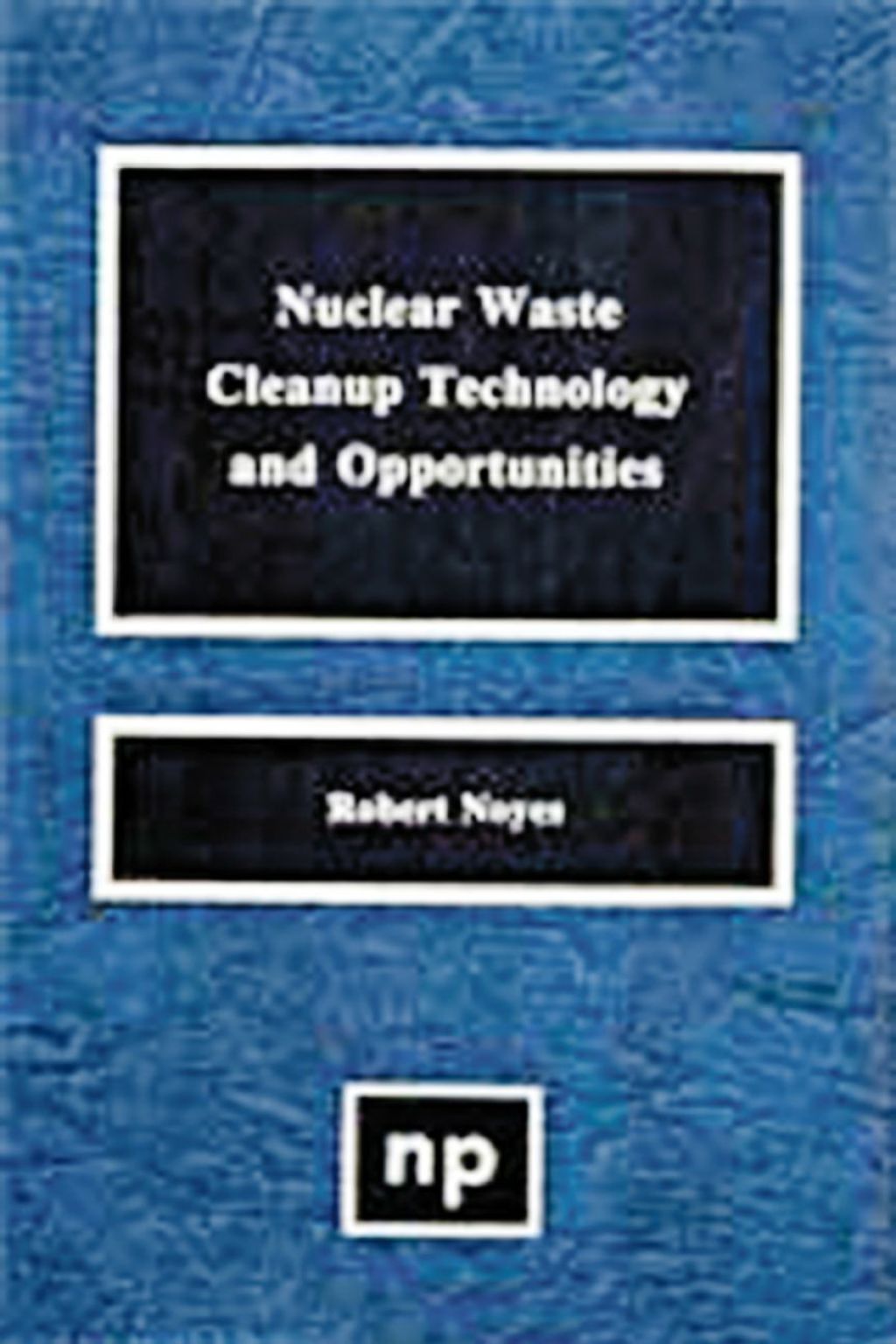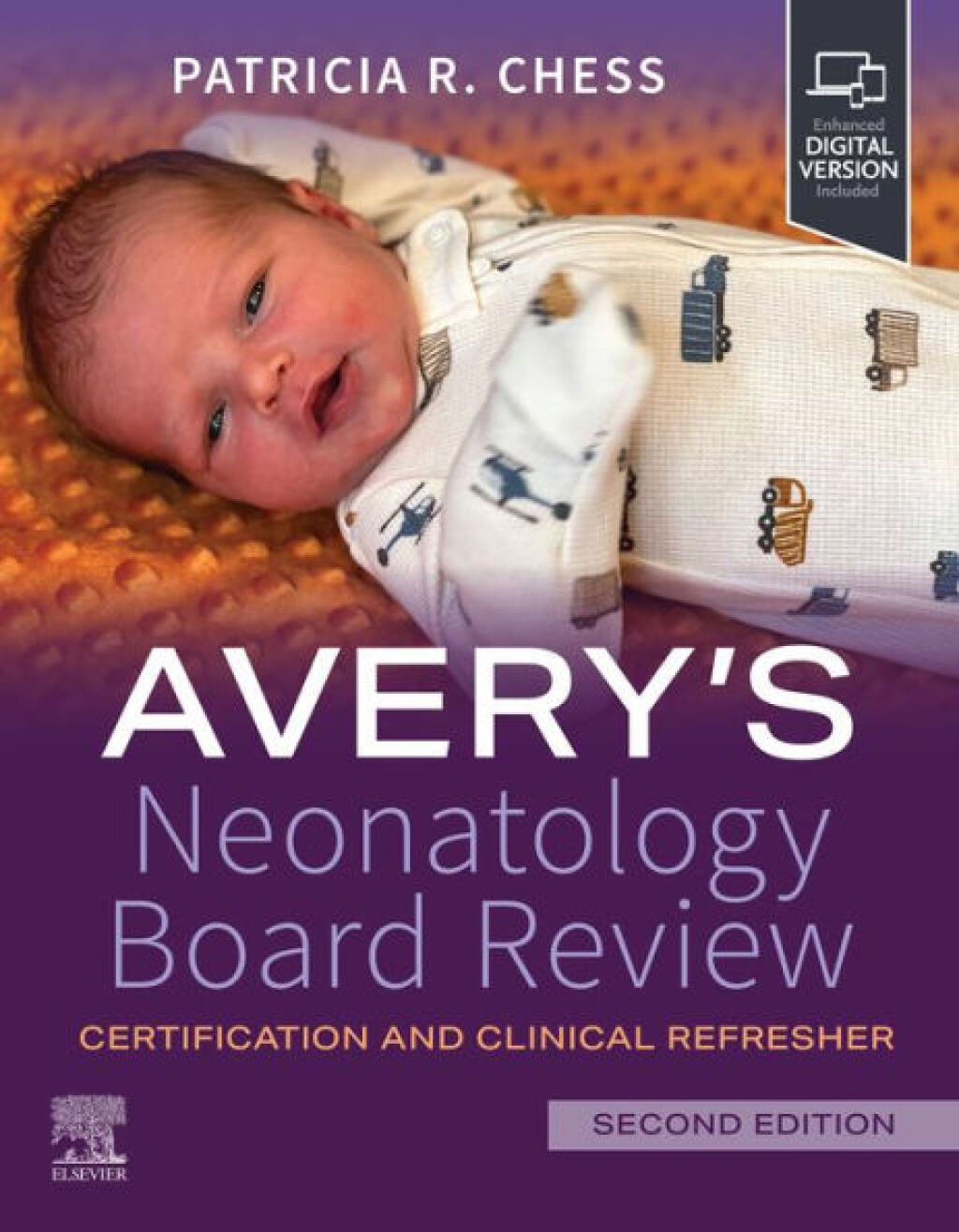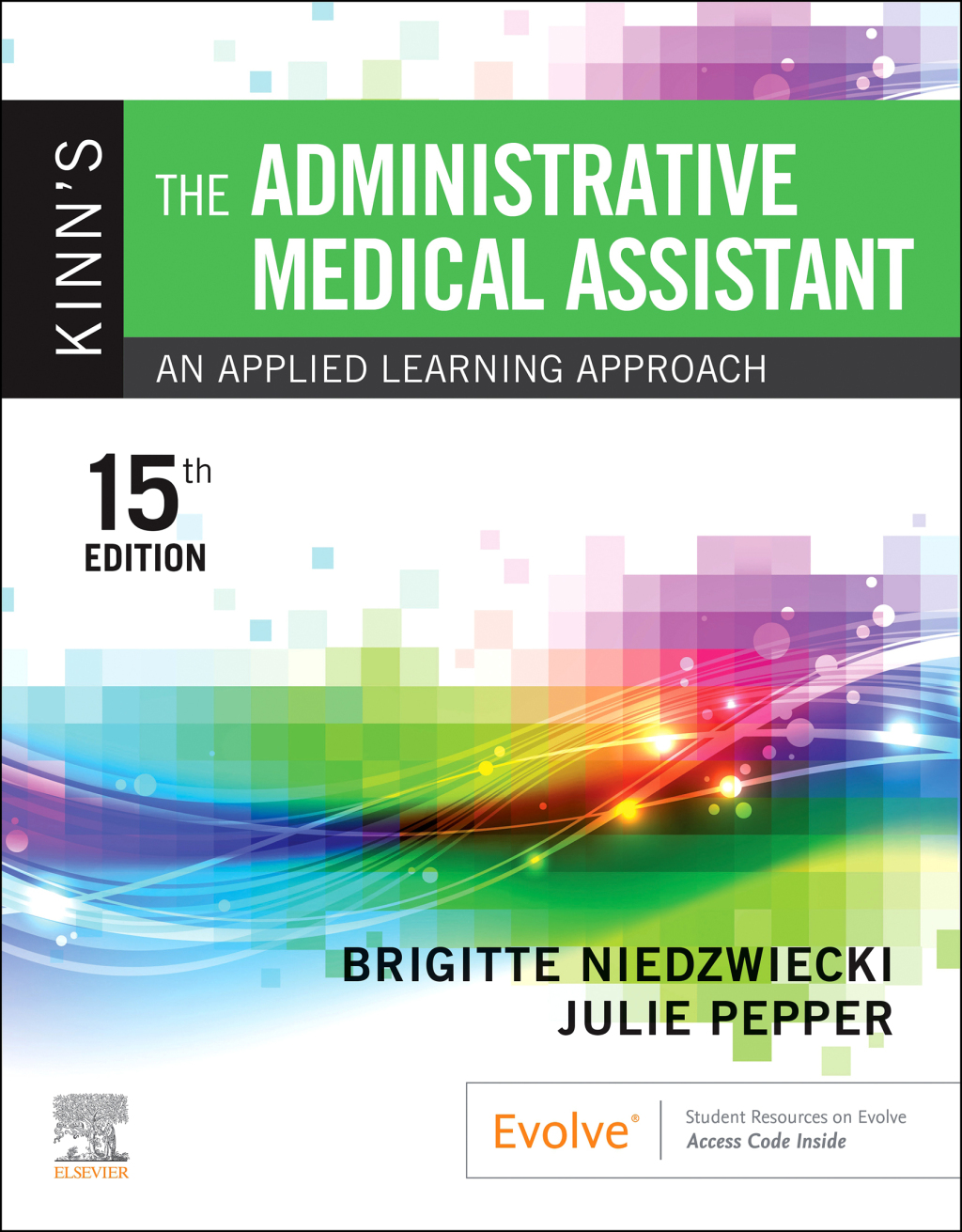One of the largest, most complicated and expensive environmental problems in the United States is the cleanup of nuclear wastes. The US Department of Energy (DOE) has approximately 4,000 contaminated sites covering tens of thousands of acres and replete with contaminated hazardous or radioactive waste, soil, or structures. In addition to high-level waste, it has more than 250,000 cubic meters of transuranic waste and millions of cubic meters of low-level radio-active waste. In addition, DOE is responsible for thousands of facilities awaiting decontamination, decommissioning, and dismantling.
DOE and its predecessors have been involved in the management of radioactive wastes since 1943, when such wastes were first generated in significant quantities as by-products of nuclear weapons production. Waste connected with DOE’s nuclear weapons complex has been accumulating as a result of various operations spanning over five decades.
The cost estimates for nuclear waste cleanup in the United States have been rapidly rising. It has recently been estimated to be in a range from $200 to $350 billion. Costs could vary considerably based on future philosophies as to whether to isolate certain sites (the “”iron fence”” philosophy), or clean them up to a pristine condition (the “”greenfields”” philosophy). Funding will also be based on Congressional action that may reduce environmental cleanup, based on budget considerations.

